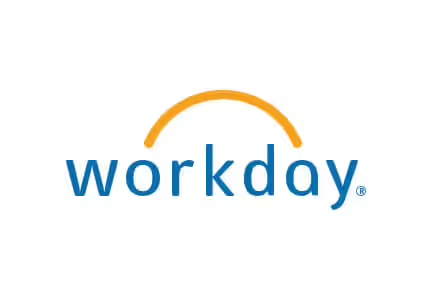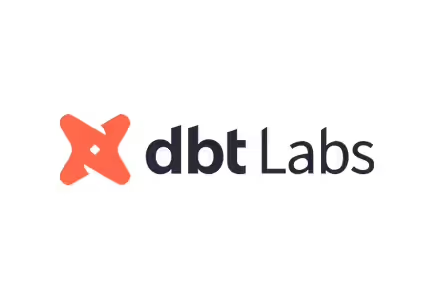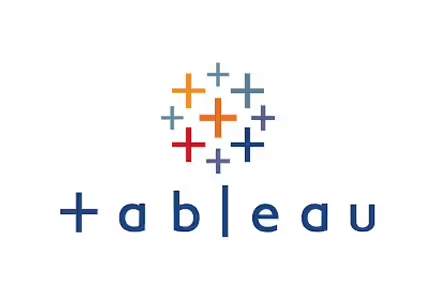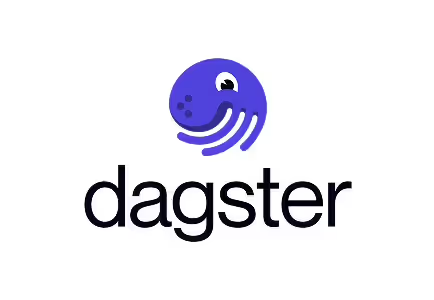Every October, we find ourselves drawn to what hides in the shadows. But in enterprise data, the real fear isn’t what jumps out; it’s what stays hidden.
In business, the darkness doesn’t wear a mask. It creeps in through uncertainty. Quietly. Systematically. And it often originates not outside the organization, but deep within its data infrastructure.
Across industries, two specific fears continue to surface. Both thrive in the murky space between speed and understanding.
1. The Fear of Broken Truth
Every organization is chasing modernization with AI-powered insights that promise agility and foresight. Yet Gartner reports that 60% of digital transformations stall. The reason? A lack of trust in internal data.
Velocity increases. But lineage becomes a blur. Automation scales. Governance struggles to catch up. When a CFO starts questioning the numbers, or when two dashboards disagree on a single KPI, what emerges isn’t just inefficiency. It’s doubt.
And doubt, as it turns out, is expensive. Deloitte estimates the cost of poor data quality at $12.9 million per year for the average organization.
Trust in data isn’t a byproduct of more tools. It comes from clear traceability. Data lineage and governance must be embedded directly in the operational core, not as afterthoughts, but as the scaffolding for every decision. When insight can be traced to its origin, confidence follows.
2. The Fear of Unseen Bias
Artificial intelligence is the new frontier. But like all frontiers, it comes with shadows.
Many enterprises are learning the hard way that opacity in models creates risk. Gartner predicts that by 2026, 60% of AI projects will fail. The root cause? Foundations that weren’t designed to support AI in the first place.
We see it often: models that drift quietly, algorithms that inherit bias, recommendations that look accurate but lack context. And the cost isn’t just technical, it’s cultural.
When leaders can’t explain why a system made a decision, they begin to lose confidence in every decision. Which is why explainability in AI is no longer a feature; it's a necessity. Frameworks that prioritize transparency ensure every model output can be traced, audited, and understood because real intelligence isn’t just predictive, it’s accountable.
Turning Fear into Foresight
Uncertainty doesn’t vanish with new software. It only recedes when clarity is baked into the system. And clarity isn’t a dashboard. It’s an environment. Built on verified lineage, sustained through active governance, and strengthened by transparent models and continuous validation.
Enterprises that prioritize clarity replace digital anxiety with data confidence. Architectures built for understanding help every stakeholder see, question, and trust the insights in front of them.
That’s why every transformation must begin with a simple but high-stakes question:
Can we trust our data enough to act boldly?
Because true modernization doesn’t just update systems, it upgrades confidence.





















